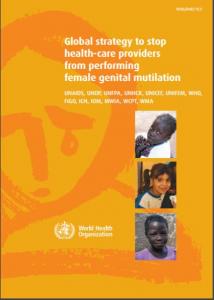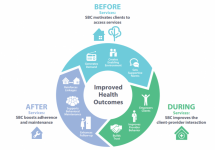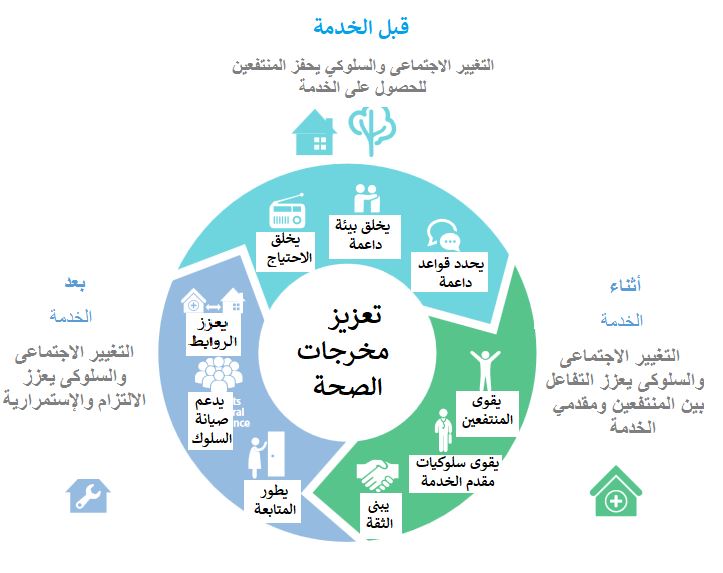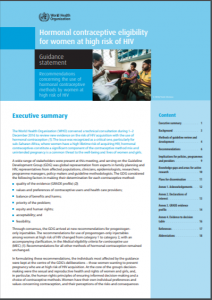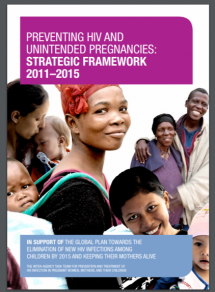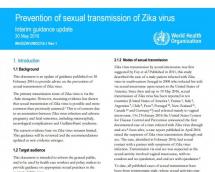Global Strategy to Stop Health-Care Providers from Performing Female Genital Mutilation
This global strategy against medicalization of female genital mutilation (FGM) has been developed in collaboration with key stakeholders, including UN organizations and health-care professional bodies, national governments and NGOs. The strategy is intended for a broad audience of policy-makers in governments, parliamentarians, international agencies, professional associations, community leaders, religious leaders, NGOs and other institutions.
The strategy to accelerate progress includes:
- Mobilize political will and funding
- Strengthen the understanding and knowledge of health-care providers
- Create supportive legislative and regulatory frameworks
- Strengthen monitoring, evaluation and accountability
Last modified: March 25, 2019
Language: Arabic, English, French

